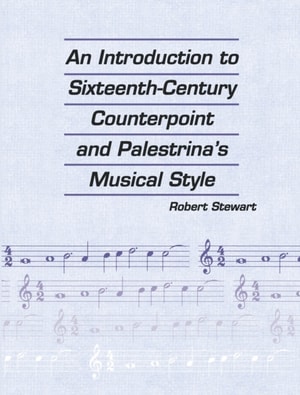Barbara Mayer präsentiert in diesem Buch – als weltweit erste tiefgehende Studie überhaupt – den einst für die Musikgeschichte Brasiliens richtungsweisenden, bisher von wissenschaftlicher Seite aber kaum beachteten Komponisten Hekel Tavares (1896-1969).



